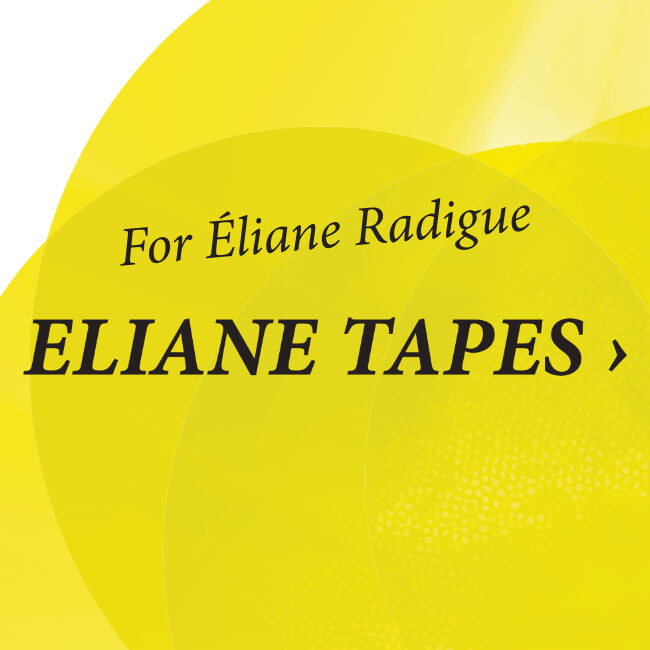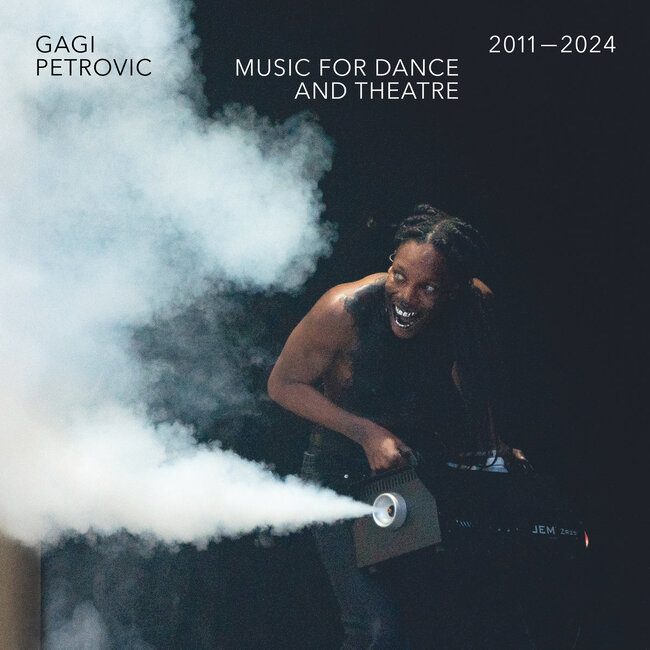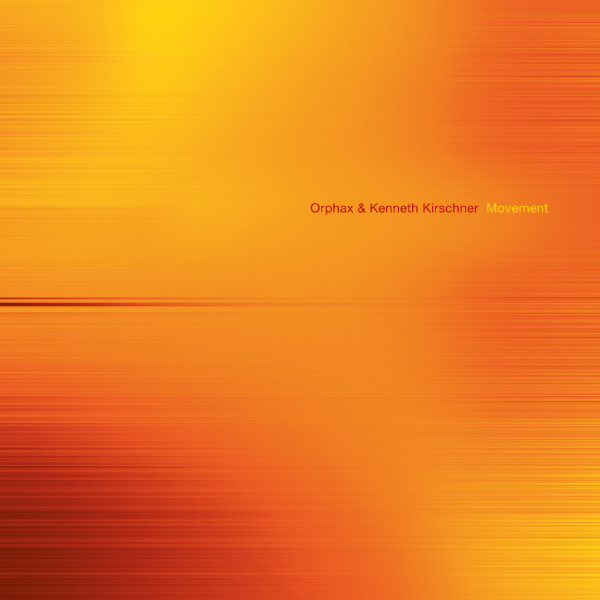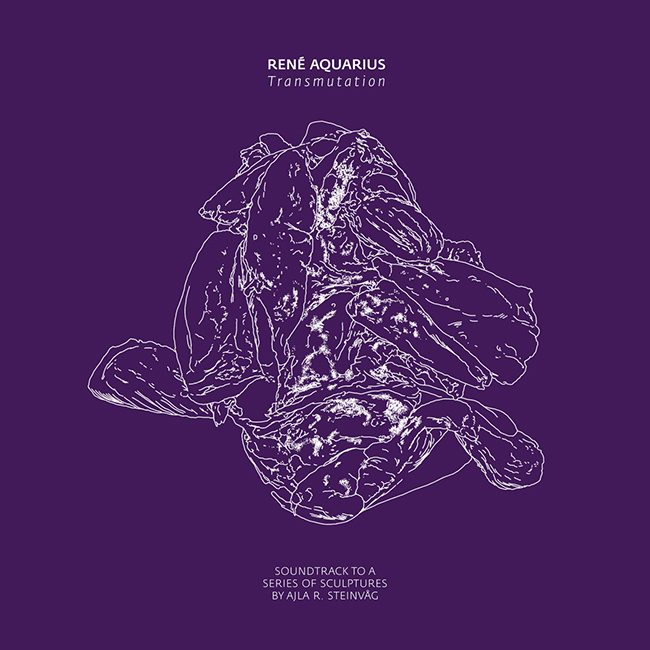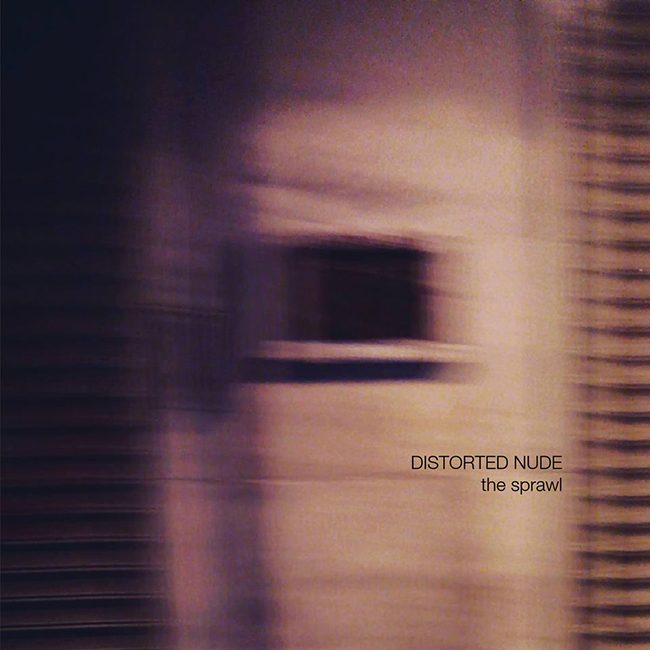- Gagi Petrovic
- Music for Dance and Theatre 2011-2024
- Series: Moving Furniture Records
- Format: Cd
- Gagi Petrovic
- Music for Dance and Theatre 2011-2024
- Series: Moving Furniture Records
- Format: Cd
Music for Dance and Theatre 2011-2024 is the 5th release for Gagi Petrovic on Moving Furniture Records. On this new album, he presents a collection of commissioned works for Dance and Theatre created from 2011 till 2024.
Music for Dance and Theatre 2011-2024 is released as Double CD mastered by Jos Smolders, in artwork with photography from various theatre performances and designed by Rutger Zuydervelt.
About Music for Dance and Theatre 2011-2024
This is a compilation of highlights from commissioned music for dance and theatre.
Gagi Petrovic is an award-winning composer, performer, producer, and teacher of music. With his versatile taste and expertise, he works in performative contexts and releases concept albums. His music has elements that are acoustic and electronic, intense and intimate; it’s odd and familiar. Aesthetically, the work moves within the grey area of progressive composition, digital electronics and alternative pop. Conceptually it often covers themes like oppression, isolation, deviation from convention, existential topics and what it means to be free.
As an independent artist, research in expression and exploring boundaries guide his creative decisions. As a designer he writes for ensembles and creates music for other media such as contemporary dance, theatre, video art and documentary. A special collaboration amongst these highlights is D̶A̶R̶K̶MATTER’ (2022) by choreographer Cherish Menzo. This piece received international recognition through repeated prolonged tours, praising reviews and a multitude of nominations and prizes.
Reviews
Chain D.L.K. (Vito Camarretta)
Music for dance and theatre often exists in a paradox: it is designed to be felt rather than heard, to enhance rather than demand attention, to shape movement while remaining fluid itself. Yet, when untethered from the stage, it can reveal new dimensions – textures and narratives that were once merely a shadow behind choreography. Gagi Petrovic, a composer equally at home in the worlds of progressive composition, digital electronics, and alternative pop, understands this paradox well. His works – commissioned over the past 13 years for contemporary dance and theatre – are now gathered in “Music for Dance and Theatre 2011-2024”, a two-disc anthology that stands as both a retrospective and an act of transformation.
What happens when music composed for bodies in motion is finally still? The answer: it doesn’t stop moving at all.
Petrovic’s sonic universe is defined by contrasts: acoustic meets electronic, intimacy meets intensity, the familiar meets the utterly alien. He crafts compositions that feel like they’re shifting beneath your feet – solid one moment, dissolving the next. This collection, spanning hallucinatory atmospheres, industrial pulses, fractured melodies, and haunting textures, showcases his ability to sculpt sound for both psychological depth and visceral impact.
Take “Cantus Umbrus”, the 2011 opener, which immediately establishes his language: a spectral hum, a slow-building tension, something ancient yet mechanized, a chant for ghosts of the future. Then, with “Op-en-amelijk” and “Hallucinaties”, composed for Jolien van Haaster’s 2012 production “Gekkenhuis”, Petrovic leans into sonic fragmentation – whispers of melody disintegrate into static, rhythms stumble, digital glitches claw at the edges.
The journey continues through waves of dread and catharsis – the anxious churn of “Drowning” (from “Golfbrekers”), the sharpened metallic edges of “Patriarch Oppression” (from “AYAH”), the mournful yet defiant resonance of “Toen het uiteenviel” (from “Bloei”). By the time we arrive at “Uncanny Landscape”, taken from Cherish Menzo’s acclaimed “DARKMATTER”, the sound has stretched into something vast and cosmic – oscillating bass tones, distant echoes of shattered rhythms, a sensation of standing at the edge of a collapsing reality.
Unlike many soundtrack albums, “Music for Dance and Theatre” never feels like it is missing something. Instead, these pieces thrive in isolation, proving that Petrovic’s work is as much about psychological space as physical movement. His compositions feel like stage directions for an unseen performance – “Final Anthem (Berlin)” pulses like an exhausted heartbeat, “Anxious Steps into Soil” traces footprints in wet earth, “MONSTER” emerges as a tangle of distorted voices and oppressive mechanical dread.
And yet, despite the darkness that often lurks in his work (themes of oppression, isolation, and the search for freedom are recurring motifs), there is also a quiet tenderness. “Self Care onto Embrace” is delicate, a moment of breath amid suffocation. “Universe” shimmers with a cautious optimism, a reminder that sound can still reach out, even in its most fractured states.
There is something poetic about gathering 13 years of music for ephemeral performances and fixing them into a permanent form. “Music for Dance and Theatre” is both a museum and a living organism – a collection of pieces that were once tied to movement, now free to drift through new spaces, creating new meanings.
Listening to this album feels like standing in a theatre after the audience has left, watching the dust settle, sensing the echoes of gestures that still linger. But make no mistake – this is not a requiem for past performances. It is an invitation to imagine new ones.
Score: 9/10 – listen with your body, not just your ears.
Recent Music Heroes (google translated)
Gagi Petrović’s new collection, which includes music for theatre and dance performances created over the course of 13 years, is multi-layered and borderline-bending. His style is difficult to define, which is why this album can be called a collection of sound worlds that range from abstract electronics to electro-acoustic textures, weaving both pop music structures and post-industrial angst.
Petrović plays on the border between balance and chaos. On the one hand, there are familiar rhythms that can remind us of IDM and techno structures, on the other hand, there is demolition with unexpected noise or glitch elements, turning the music into its own deconstruction. He is not afraid of melody either, but it appears more for a moment — when the listener might expect some kind of grounding, either fading away or wandering into a bleak electro-acoustic landscape, abstraction and post-industrial angst.
The most interesting moments on the collection are those where human voices emerge. These are not classical vocal parts, but expressive vocalizations that oscillate between ecstasy and pain. These voices, often distorted or riddled with “sound errors”, further enhance the intensity and emotional charge of the work; amplifying the emotional scale even further, making some tracks almost physically perceptible.
The album also features nature sounds that appear as if in contrast to the urban desolation, offering the listener a momentary peace. However, these nature sounds are not very idyllic, but rather hallucinatory — as if memories of nature, not nature itself.
On the negative side, I would point out that the sound events that occur here are presented in too linear a sequence (as if in a museum exhibit); in other words, there are not many simultaneous events here that could create new sound combinations and synergies.
7.5 (6.5-8.5)
Vital Weekly, Frans de Waard
Moving Furniture sure loves the work of Gagi Petrovic. Almost all his releases came via this label.
Petrovic is “an award-winning composer, performer, producer and teacher of music”, and part of his job as a composer is composing music for dance and theatre pieces. This double CD compiles the pieces covering the years 2011 to 2024. Each piece is described as such: ‘[‘Yes, yes, yes, yes, yes’ by HOMESICK, 2013]’ or ‘Patriarch Oppression [‘AYAH’ by Haya Maella, 2017]’.
I would have assumed that dance and theatre mean long pieces, taking a fair bit of time, but that’s not the case. The examples I gave are 2:48 and 16:03; seeing as I don’t often visit the theatre or dance, I admit I don’t know much about it.
As I have repeatedly recounted, the problem with releases like this and film soundtracks is the lack of visuals. More than once, I thought, ‘This is great music; what did it look like’? According to the label, Petrovic’s work “moves within the grey area of progressive composition, digital electronics and alternative pop”, which is spot on.
The computer plays a significant role in bending and reshaping sounds, often without any clue as to the originals, with a strong love for drones, musique concrète and sometimes that oddly shaped rhythm piece, which I assume is the element of pop. When that happens, I am reminded of people like Zeno van den Broek, with whom Petrovic collaborated earlier. Sometimes, there are voices, which he chops up, adding an unsettling feeling to the music.
The 19 pieces are short and to the point, with much variation. Much of this remains a mystery, though, as I don’t know how he does his music. Maybe that’s not important to know, but something I’d be interested in (perhaps I should sign up for lessons with him?). Also curious: why are the last three pieces attributed to ‘anonymous’? I believe Petrovic would know who he composed these pieces for—some fascinating mysteries in this release. I enjoyed that, but much more the music that accompanies it.


